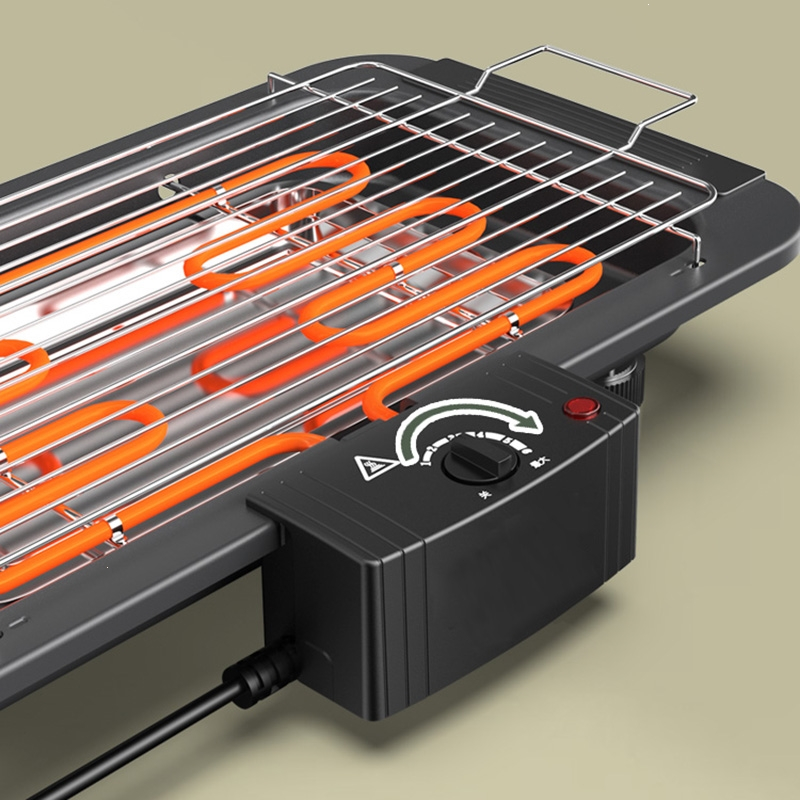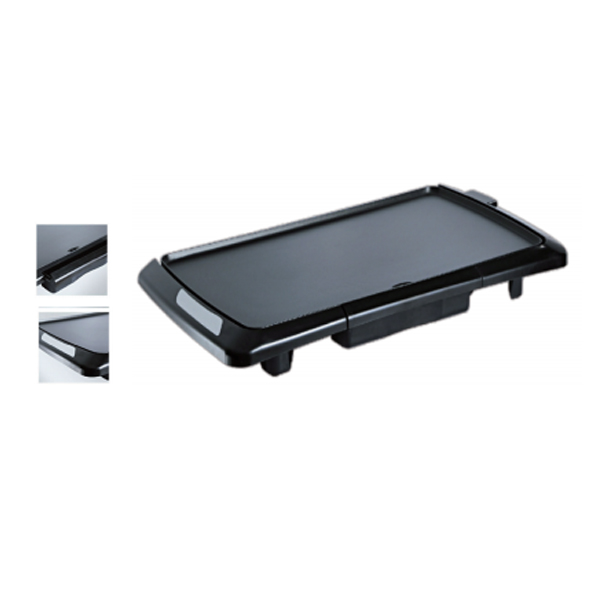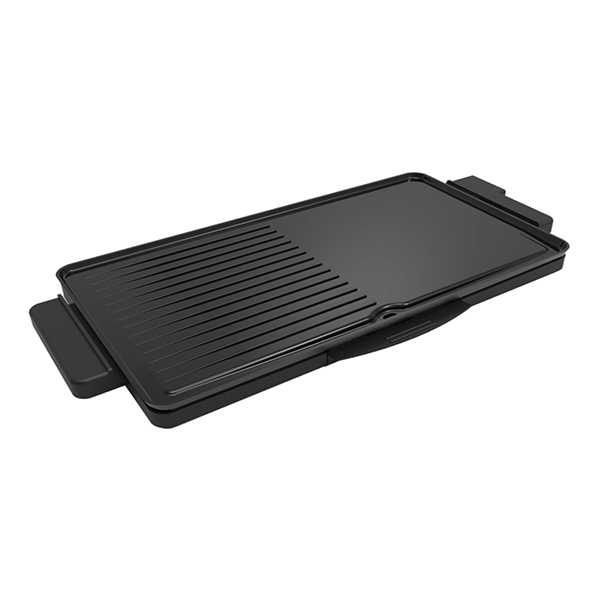Introduction: Electric grills have gained popularity as a convenient and versatile cooking appliance. They offer various heating methods that enable efficient and precise cooking. This article explores the different heating methods used in electric grills, highlighting their benefits and applications.
- Radiant Heat: Radiant heat is a common heating method in electric grills. It involves the use of heating elements, usually made of electric coils, placed beneath the cooking surface. These heating elements generate heat that is transferred directly to the food, ensuring quick and even cooking. Radiant heat is particularly effective for grilling meats, as it creates the desired sear and caramelization.
- Convection Heat: Electric grills equipped with convection heating utilize a fan or forced air circulation system. This method circulates hot air within the cooking chamber, ensuring even heat distribution. Convection heat is ideal for baking, roasting, and cooking delicate items such as fish and vegetables. It helps to maintain consistent temperatures throughout the grill, resulting in perfectly cooked dishes.
- Infrared Heat: Infrared heating technology is gaining popularity in electric grills. It uses infrared radiation to transfer heat directly to the food, rather than heating the air or cooking surface. This method enables faster cooking times and reduces moisture loss, resulting in juicier and more flavorful meals. Infrared heat is excellent for searing steaks and achieving that coveted restaurant-style char.
- Induction Heat: Induction heating is a cutting-edge technology utilized in advanced electric grills. It relies on magnetic fields to generate heat directly in the cooking vessel. The grill’s cooking surface remains cool, while the pan or griddle heats up rapidly. Induction heat provides precise temperature control and energy efficiency. It is suitable for stir-frying, sautéing, and simmering, offering quick and responsive heat adjustments.
Conclusion: Electric grills offer a range of heating methods, each with its unique advantages and applications. Whether it’s radiant heat for perfect grill marks, convection heat for uniform cooking, infrared heat for intense searing, or induction heat for precise control, these heating methods enhance the cooking experience and allow for culinary creativity. Understanding these heating methods will help users choose the appropriate electric grill for their specific cooking needs.



vl36ya
j7izrt
rex6p0
f114cf
bg1rfs
3oz9fz
Awesome https://lc.cx/xjXBQT
1yemcc